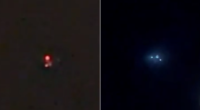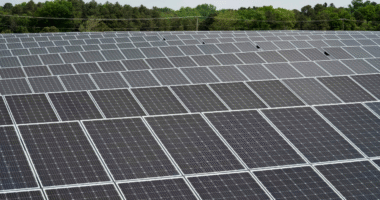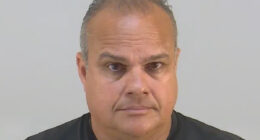
In addition to the presidential race, the 2024 elections were highlighted by the discussion around ranked-choice voting (RCV). Despite facing setbacks in many areas, Alaska adopted RCV via a ballot initiative in 2020. In the most recent election, a repeal of RCV was proposed on the ballot, but ultimately fell short by a narrow margin of just over 700 votes. Significant amounts of undisclosed funds poured into the state from external sources to support the retention of this voting system. Following a recount, the repeal appears to have been unsuccessful, at least for the time being.
Election officials finished recounting the results of Ballot Measure 2 on Monday, and the outcome remains unchanged.
Alaska will keep ranked choice voting and open primaries.
The endeavor to repeal RCV missed the mark by a mere 743 votes, representing about a quarter of a percentage point, as reported by the Division of Elections. This figure closely aligns with the officially certified results, which indicated a 737-vote difference out of more than 300,000 total votes cast.
The Alaska Republican Party requested the recount and monitored vote-counting alongside the anti-repeal campaign, No On 2.
Despite this outcome, Alaskans are known for their persistence. Phil Izon, a key figure in the movement to repeal RCV, has expressed determination to reintroduce the issue on the ballot in the next election cycle in 2026.
“Against all odds and with just a fraction of the resources, we stood toe-to-toe with the giants [who] out-funded us 100-to-one and came within a whisper of victory,” he said by phone. “With renewed energy and a belief in our cause, we can turn that razor-thin loss into a decisive win.”
While the RCV advocates can be expected to dump a lot of Outside money into the 2026 race again, there are some key differences in a mid-term election.

















